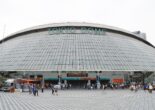With flowers in full bloom, spring is the perfect time to explore the great outdoors. If you’re looking for a different kind of adventure, why not give Odawara a try? Read on to uncover the wonders of this magnificent city.
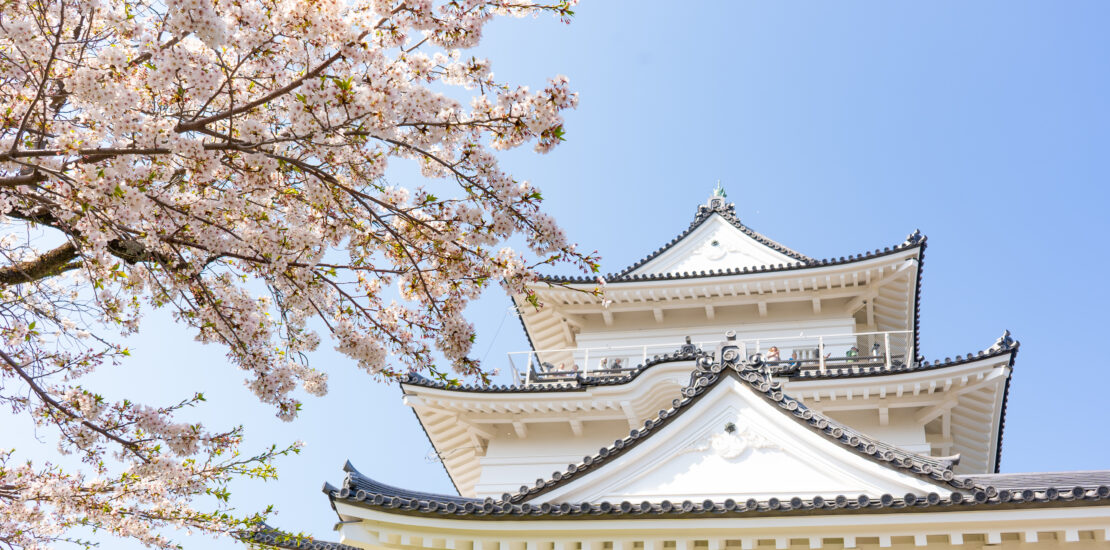
Odawara: More Than Just a Transportation Hub
Situated in the southwestern part of Kanagawa Prefecture, Odawara is widely known as the gateway to Hakone, a popular destination famed for its hot springs and views of Mt. Fuji. While Hakone may steal the spotlight, Odawara holds its own charm with its rich blend of historical landmarks, unique handicrafts, and authentic local cuisine.
Just 90 minutes from Tokyo via the JR Tokaido Main Line or a swift 33 minutes aboard the Kodama Shinkansen, Odawara is easily accessible and makes for a perfect one-day trip.
First Stop: Odawara Station
Odawara Station is worth exploring in itself. Connected directly to shopping centers such as Lusca, HaRuNe, and Minaka, it offers an impressive mix of retail and local culture. As bustling as it may be, don’t let that hinder you from picking up exclusive local souvenirs. Browse the convenience stores within the station for unique finds like shuriken-shaped cookies and monaka (wafer sandwiches with red bean paste filling)—crafted in the shape of the iconic Odawara Castle.
Before heading out, don’t forget to drop by the stamp booth for the special Odawara eki stamps. It’s located in front of the “Midori-no-Madoguchi” (ticket counter) near the ticket gates.
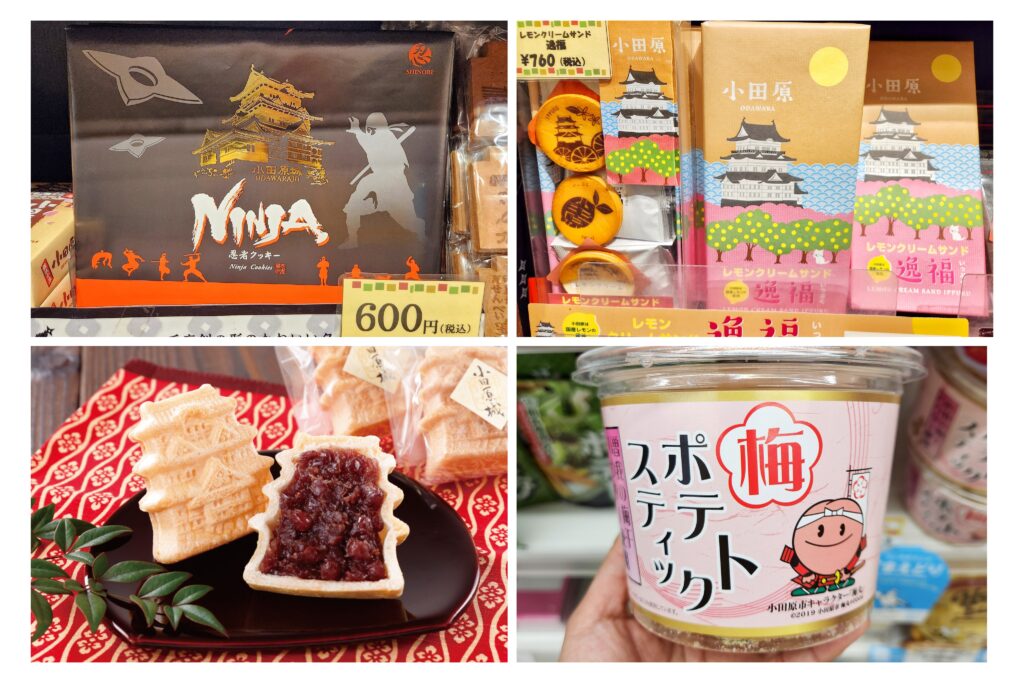
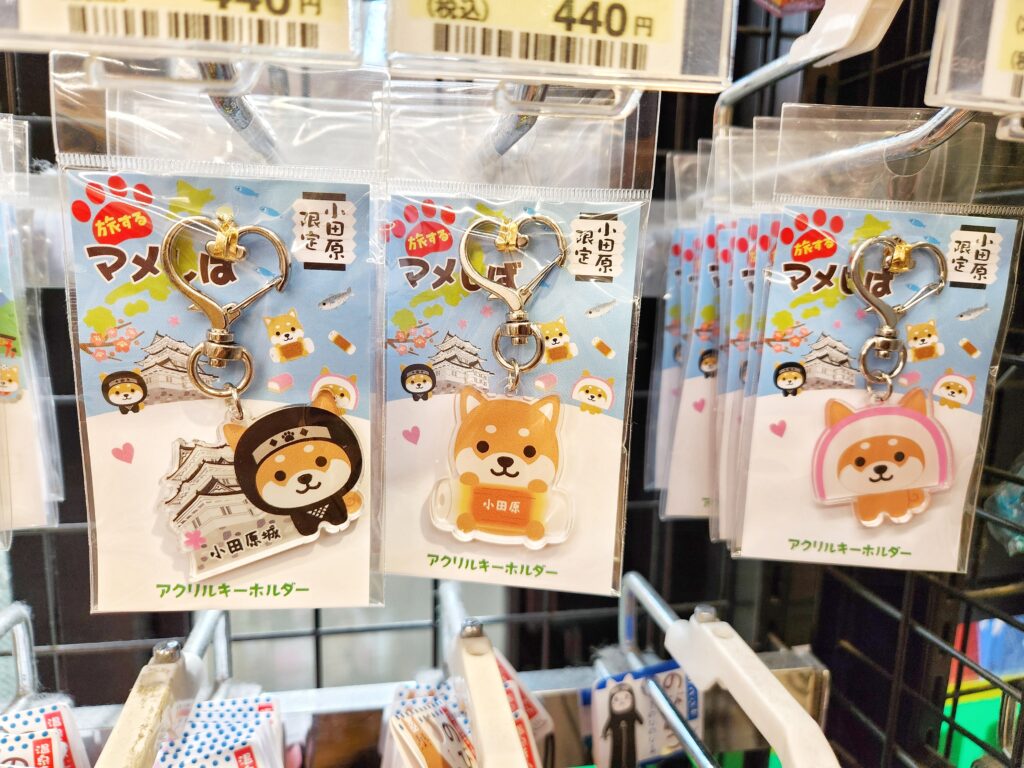
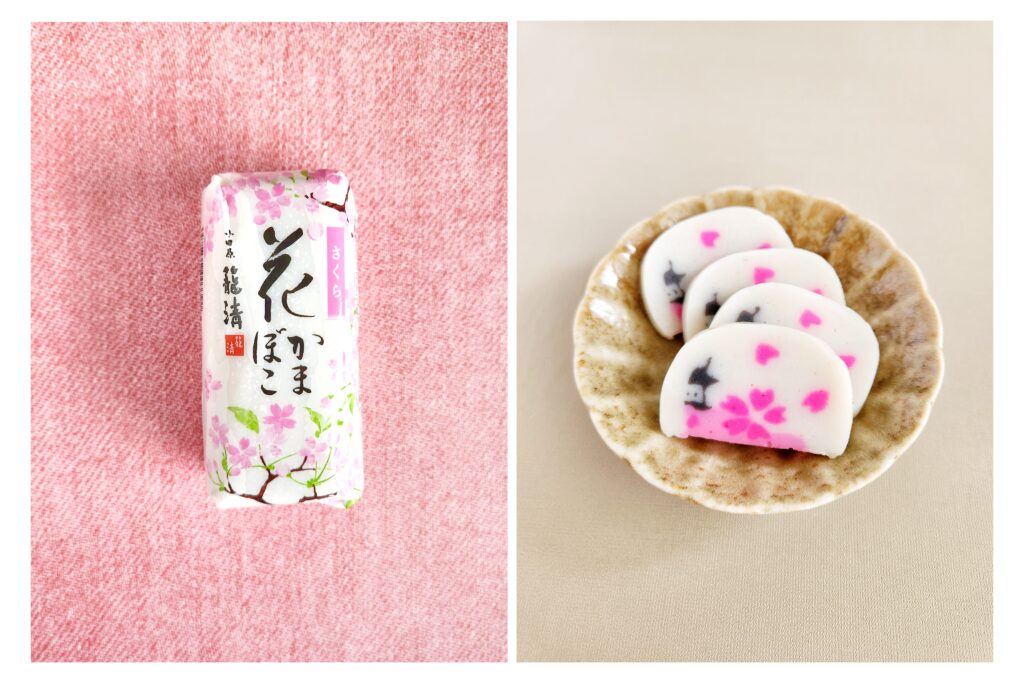
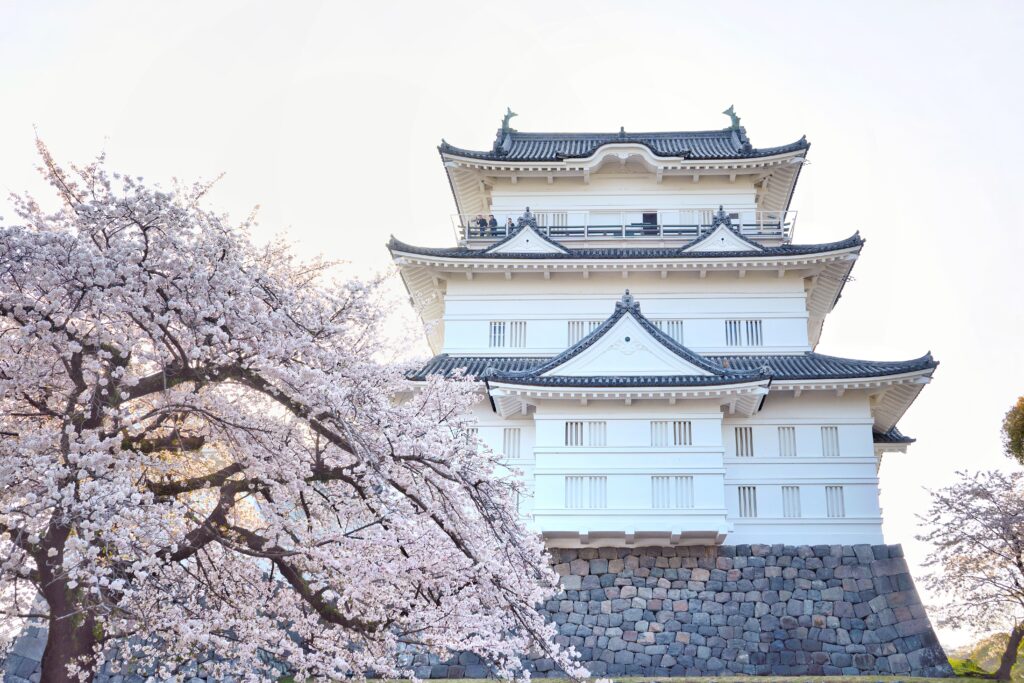
Second Stop: Odawara Castle
As soon as you step out of the station, you’ll see the castle’s rooftop peeking above the urban landscape. While strolling down Oshiro Dori (Oshiro Street), you’ll instantly notice the distinctive Edo-style design of Minaka Odawara, a 14-story commercial facility that boasts a curation of specialty shops and restaurants.
Once you reach the entrance of the castle park, a red bridge will lead you towards Tokiwagi Gate. Upon entering, you’ll be mesmerized by the beauty of the castle—framed perfectly by the delicate cherry blossom trees and bathed in the gentle glow of sun rays.

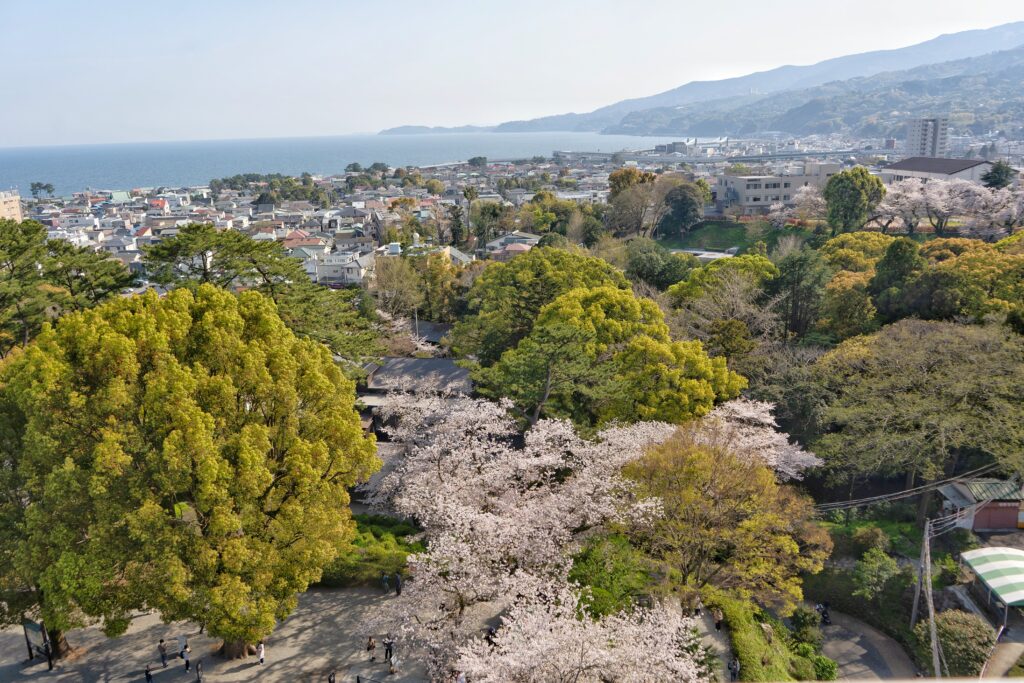
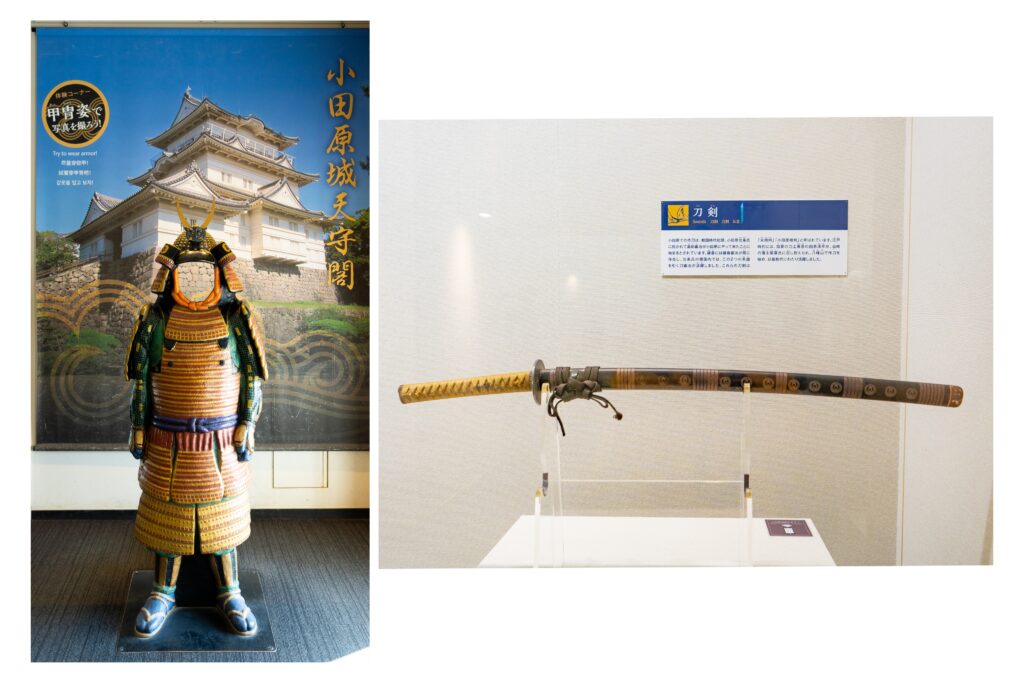
After basking in the scenery, you can enjoy various activities within the premises. To start off, explore the castle tower for a fee—regular admission is 510 yen for adults. If you’d like to visit both the castle tower and the samurai museum, a combined ticket is available for 610 yen.
The castle tower consists of 5 floors, each offering a unique experience. On the first floor, you’ll find the ticket booth, souvenir shop, and permanent exhibition room. The second floor features exhibits about Odawara Castle during the Warring States period. The third and fourth floors house special exhibition rooms showcasing old ceramics, samurai armor, katana (swords), and other historical artifacts. Finally, on the fifth floor, there’s an observation deck that offers beautiful panoramic views of the city and Sagami Bay.
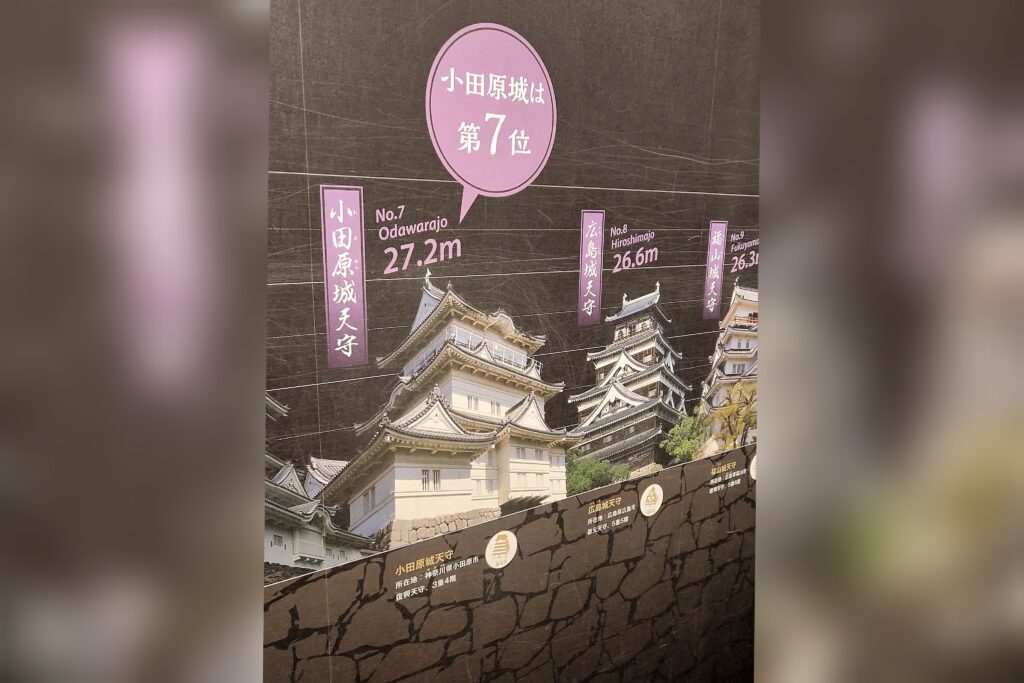
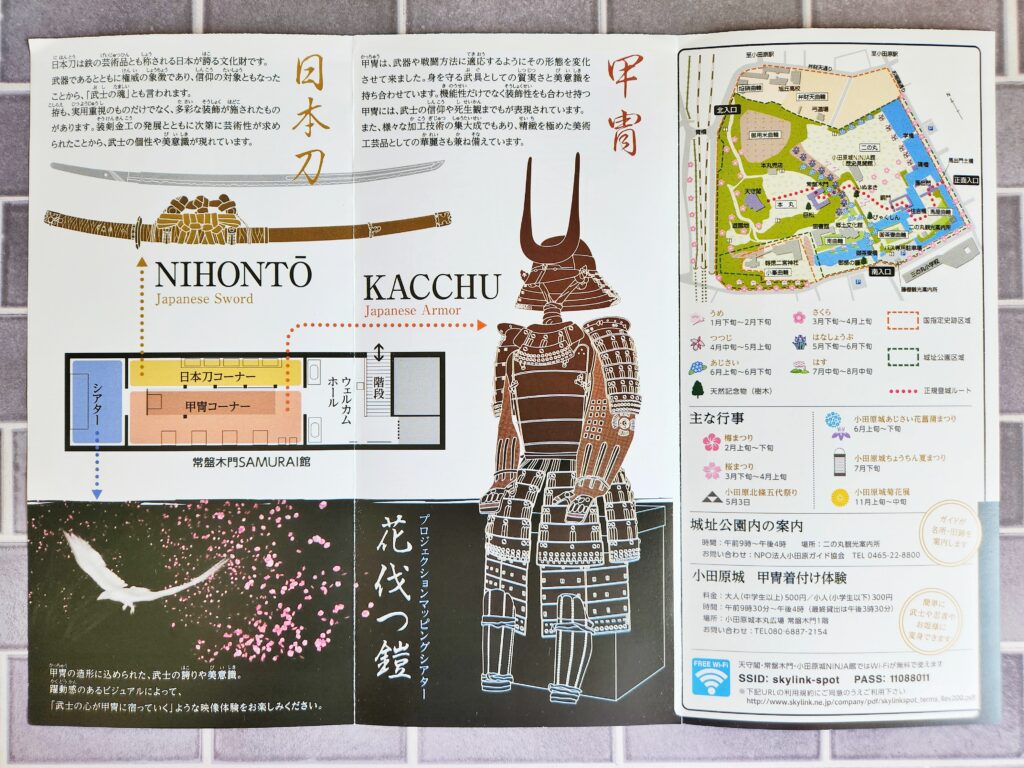
The text below is a brief history of Odawara Castle, as seen on the informational plaque:
Odawara castle tower consisted of a three-tiered, four-storied tenshu-yagura (castle keep), a tsuke-yagura (attached turret), and a tsuzuki-yagura (continuation turret). The original castle tower was Boro-gata (watchtower set on top) as it appears on the “Kato-zu” castle drawing, which was drawn in the Keicho period (1596-1615). Then, it was reconstructed as Soto-gata (layered tower) after the Kanei earthquake of 1633, as seen on the “Shoho-zu” drawing. Following the Genroku earthquake of 1703, the Soto-gata castle tower was rebuilt in 1706, as it appears on the “Bunkyu-zu” drawing. This castle tower remained throughout the Edo period, but was dismantled in 1870. The current Odawara castle tower was built in 1960 with reinforced concrete. In 2016, seismic retrofitting was completed and museum exhibits were renovated.
Third Stop: Tokiwa Kimon Samurai Center
Whether you’re curious about Japan’s feudal past or simply eager to don a costume, Tokiwa Kimon Samurai Center is the place to go. In a nutshell, the center offers a glimpse into the samurai world—their way of life, weapons, armor, and historical significance. The exhibition is divided into three sections. The first section, Kacchu, highlights the craftsmanship and meaning behind the Japanese armor. More than just a protective gear, the armor is an exquisite work of art that reflects the samurai’s beliefs and his view of life and death. The second section, Nihonto, features traditional Japanese swords. These masterfully forged blades are not only weapons but also cultural assets that embody the spirit of the samurai: fearless, sharp, and unwavering. The third and final section features a theater equipped with projection mapping technology that creatively depicts the story of a samurai through an immersive audiovisual presentation.
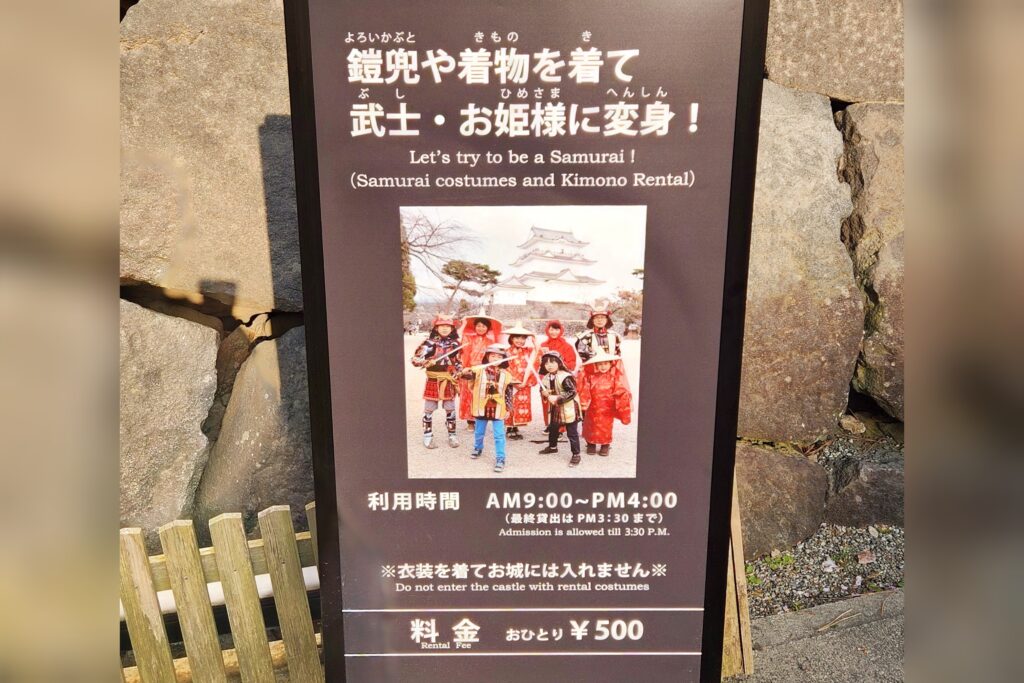
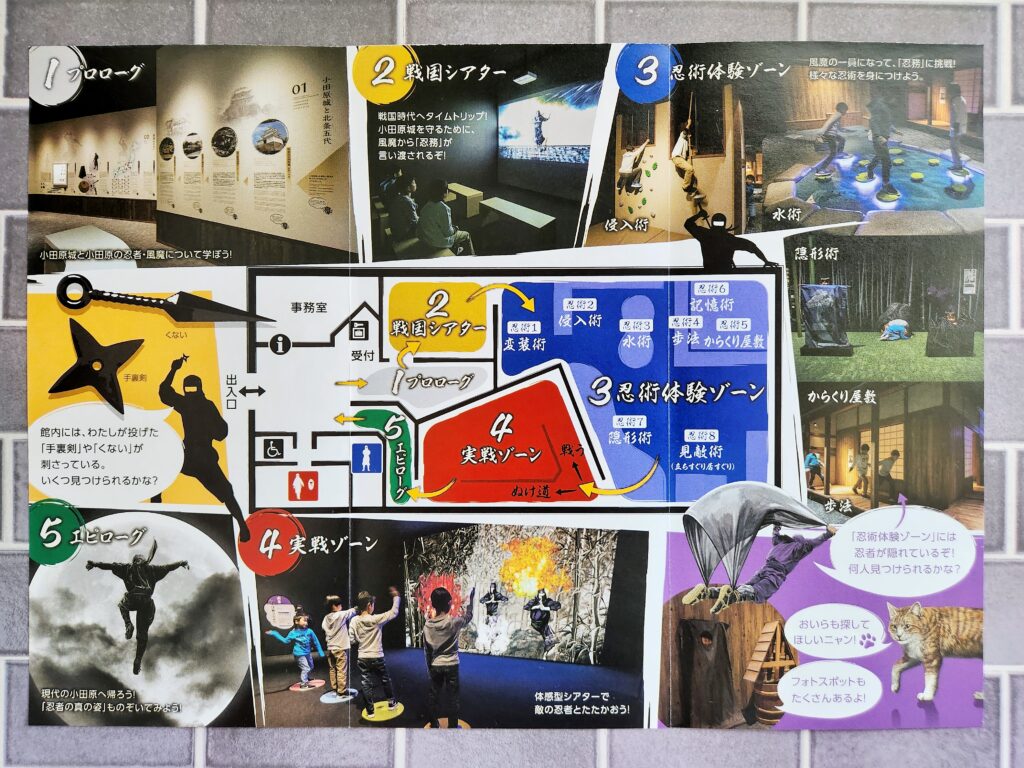
Fourth Stop: Ninja Museum
Ever wondered what it’s like to be a ninja? This place is for you! Dive into the world of stealth and learn about the history of Fuma Ninjas, known to have served the Hojo clan* during the Warring States period. Try the interactive challenges and play the role of a silent infiltrator during the feudal era. The admission fee is 310 yen for adults and 100 yen for elementary and junior high school students.
*The Hojo clan was a powerful samurai family who established Odawara Castle as their primary stronghold. For five generations, the formidable fortress served as the clan’s key center of regional power.
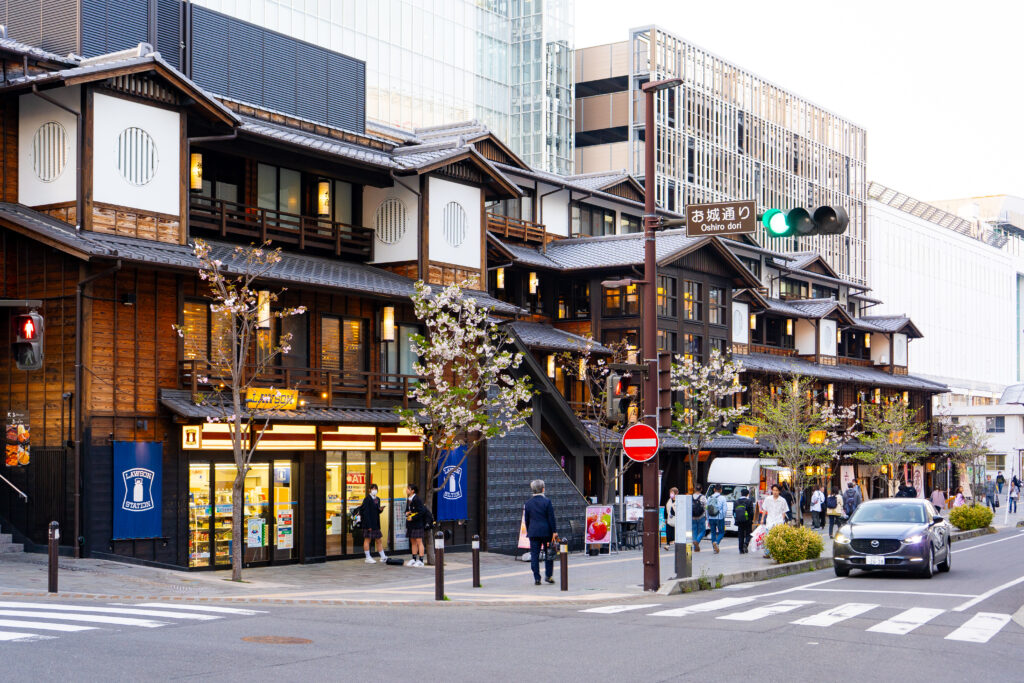
Fifth Stop: Minaka Odawara
If you’re planning to make a pit stop before heading home, consider visiting Minaka Odawara, a commercial complex known for its striking wooden façade that incorporates traditional design and modern flair. The first four floors, called the Odawara Shin-Jokamachi Zone (Odawara New Castle Town), are filled with shops offering local delicacies, artisanal crafts, and specialty products.
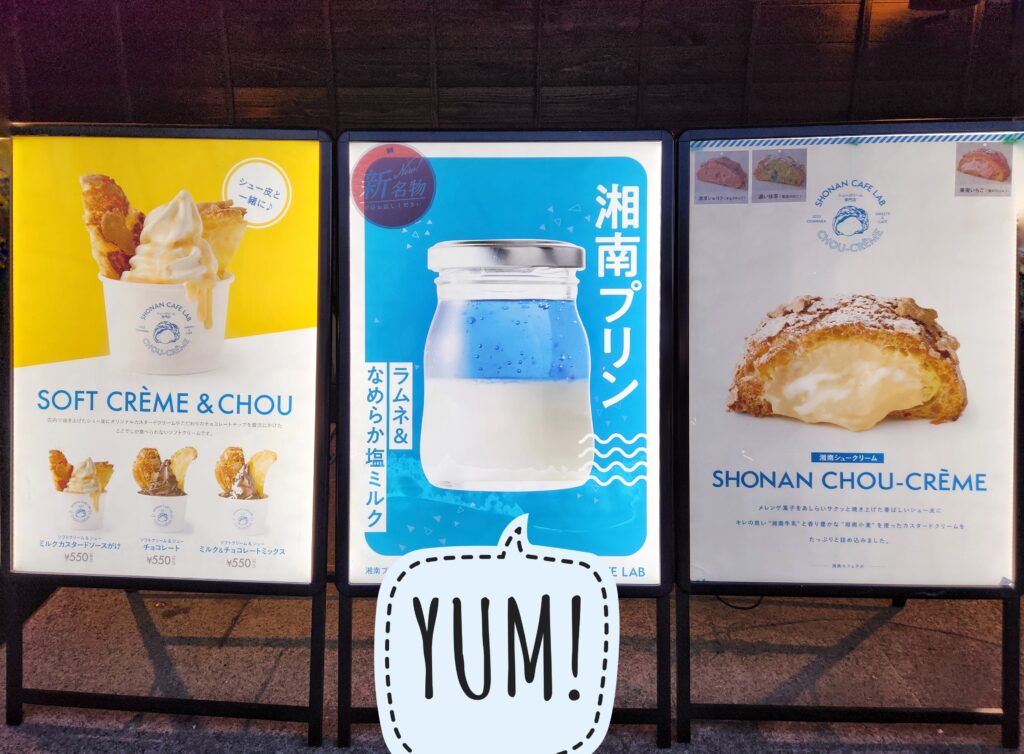
The Tower Building (5F – 14F), which is above the Shin-Jokamachi Zone, is where the hotel, offices, and medical clinics are located. One noteworthy feature of this facility is the free footbath on the 14th floor where you can soak your feet and relax while gazing out over the city.
Stay tuned for more exciting content like this! Follow us on our social media platforms and check out our blog regularly to stay updated on the latest news, trends, and insider stories from Japan. Don’t miss out on future updates—sign up for our newsletter for exclusive content delivered straight to your inbox!
Related Articles
Warning: Undefined array key "sfsi_threadsIcon_order" in /home/veremosglobal/tokyoroomfinder.com/public_html/blog/wp-content/plugins/ultimate-social-media-icons/libs/controllers/sfsi_frontpopUp.php on line 165
Warning: Undefined array key "sfsi_blueskyIcon_order" in /home/veremosglobal/tokyoroomfinder.com/public_html/blog/wp-content/plugins/ultimate-social-media-icons/libs/controllers/sfsi_frontpopUp.php on line 170
Warning: Undefined array key "sfsi_bluesky_display" in /home/veremosglobal/tokyoroomfinder.com/public_html/blog/wp-content/plugins/ultimate-social-media-icons/libs/controllers/sfsi_frontpopUp.php on line 266


